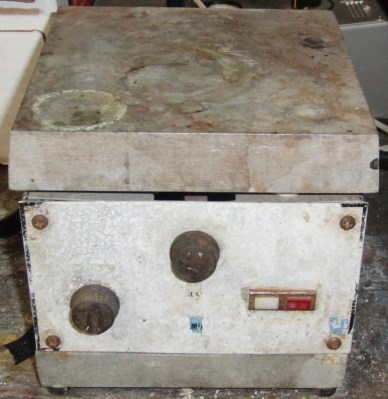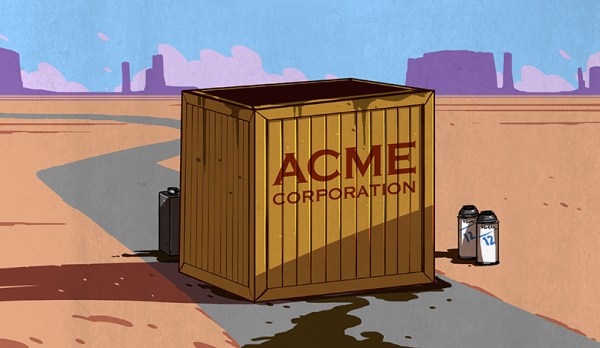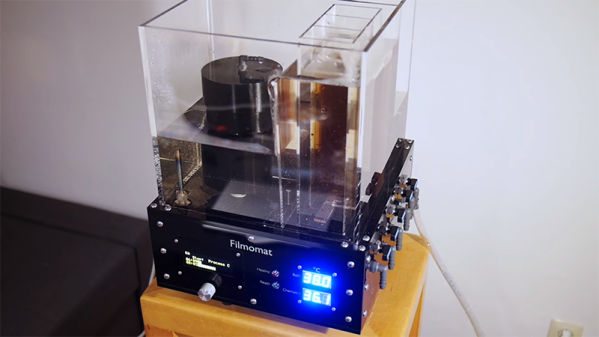For the last fifty or so years, the periodic table has been incomplete. Elements after uranium on the periodic table have been synthesized for the past few decades, but there were always a few missing blocks in the periodic table. These elements, with atomic numbers of 113, 115, 117, and 118 comprise the missing parts of period 7 – the lowest row – of the periodic table. Now, IUPAC, the International Union of Pure and Applied Chemistry, has announced the verification of the discoveries of the last four elements of the seventh period of the periodic table.
With the announcement of the verification of discovery for these elements, they will get a name. Currently elements 113, 115, 117, and 118 are known as Ununtrium, Ununpentium, Ununseptium, and Ununoctium, respectively. What these elements will be named depends on the proposals by the discoverers of these elements.
Element 113 was discovered by researchers at the RIKEN laboratory in Japan, and these researchers will be able to propose a name and atomic symbol for their discovery. Elements 115, 117, and 118 were discovered through a partnership between the Joint Institute for Nuclear Research in Dubna, Russia, Lawrence Livermore National Laboratory in California, and Oak Ridge National Laboratory in Oak Ridge, Tennessee. Researchers at these three laboratories will propose names and atomic symbols for these three elements.
It should be noted that Lawrence Livermore National Laboratories and the Joint Institute for Nuclear Research in Dubna each have their own element named after them: Lawrencium and Dubnium, with atomic numbers 103 and 105, respectively. Having element 113, 115, and 118 named after Oak Ridge National Laboratory wouldn’t be a bad proposal, and would be rather fitting given the laboratory’s influence on the last half-century of physics.
Of particular interest is the naming of element 118. Because element 118 falls within group 18 of the periodic table, it is a noble gas, with a particular naming pattern. each of the elements in group 18 end with the suffix ~on, instead of the suffix for the rest of the periodic table, ~ium (helium is the exception to this rule due to historical precedent). Whether element 118 will use the ~on or ~ium suffix is up to debate; current IUPAC rules say all new elements should end with ~ium, but recommendations have been published to name all group 18 elements with the ~on suffix.
This is not the end of the periodic table by any means. It is possible that elements with higher atomic numbers can be synthesized. However, experiments to synthesize element 119 have so far come up short, and the predicted properties of element 119 put it at the limits of what current technology is able to detect.




















